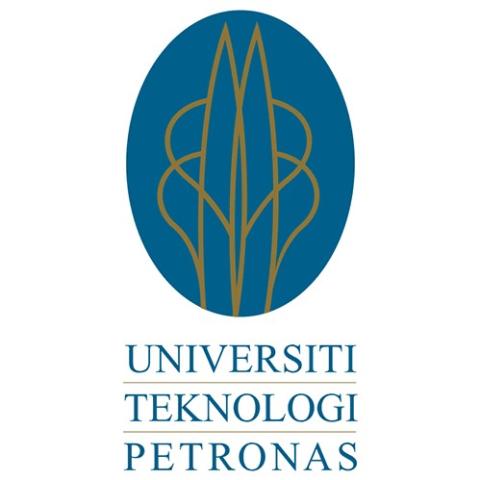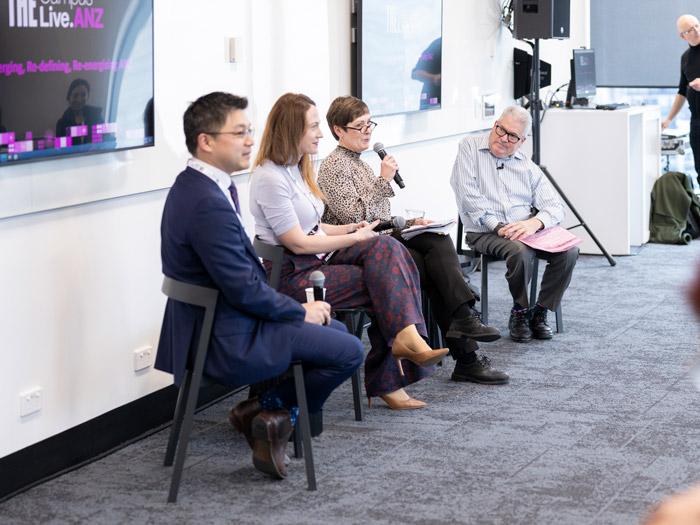
How can we take research from the lab to the marketplace?
When getting the products of your research into the hands of the people who need them, challenges arise. Vorathin Epin, Ibham Veza, Mazian Mohammad and Abdul Rahim Othman offer advice on how to overcome them
Research management
Sponsored by

Elsevier helps researchers and healthcare professionals advance science and improve health outcomes for the benefit of society.
How can we bridge the gap between the moment of academic discovery and a successful product launch into the marketplace? As researchers, our goal is to improve overall quality of life for individuals or society as a whole, but a host of challenges lie between lab desk and shop shelf.
When transitioning from research to commercialisation, the main challenge is going to be uniting the differing priorities of each party. Academics are focused on fundamental knowledge and principles, while industry players are looking for market feasibility and practical applications. To build bridges, researchers need to adapt their findings to market needs.
- How to facilitate knowledge exchange and build trust with policymakers
- To extend your research’s impact, be bold and collaborate widely
- Five tips for building healthy academic collaborations
Successful transition from lab to market requires a strategic approach, involving meticulous planning, collaboration between the teams involved and effective communication with stakeholders. We’ve developed five strategies that can be adopted by researchers to boost their research into commercial success.
1. Identify market potential
The first step is to identify the market potential. It is crucial to understand the needs and gaps in the industry. Conduct market research, if possible, to zero in on potential customers and competitors, helping you to understand where your product or technology can fit in the marketplace.
When you’ve worked out your market potential, tailor the research approach to align with the industry’s standards and requirements. This will help to streamline the transition to commercialisation.
2. Prototype development
Develop a prototype based on the fundamental research findings to showcase the technology’s capabilities in a real-world environment. Industry partners will be more likely to invest in technologies that have proven their feasibility.
3. Seek advice from technology transfer offices
Each university has its own technology transfer office (TTO), which is responsible for advising and facilitating researchers in transitioning their research into commercialisation. Work closely with your institution’s TTO to seek advice on licensing opportunities, patents and industry partnerships.
4. Get out there
Participate in technology showcase activities such as exhibitions, conferences and networking events, to demonstrate the technology and attract potential investors. A bonus is that this can also increase your chances of securing funding opportunities from industry partners or government agencies.
5. Form strategic partnership with industry partners
Foster partnerships with industry players through collaboration projects to boost the transition of research into industrial applications. Industry partners can provide insight on the developed technology, access to resources and potential pathways to commercialisation.
While transitioning research into market success can be challenging, strategic planning, perseverance and adaptability make it possible. Not only will it help researchers to improve society, it also has positive implications for the institution. Investing the revenue generated from successful commercialisation into further research and development will allow its impact to grow and grow.
Vorathin Epin, Ibham Veza, Mazian Mohammad and Abdul Rahim Othman are part of the mechanical engineering department at Universiti Teknologi Petronas.
If you would like advice and insight from academics and university staff delivered direct to your inbox each week, sign up for the Campus newsletter.
Research management
Sponsored by




